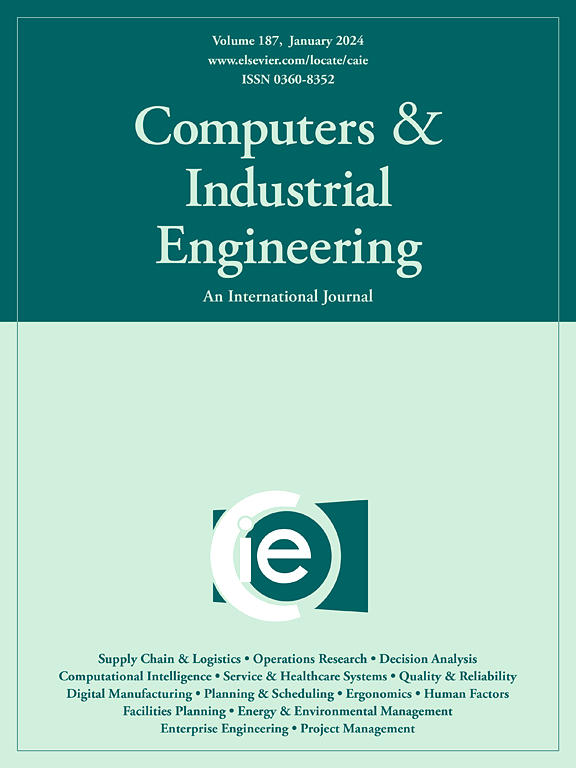基于多目标权衡的既有地下空间洪水逃生路线自动识别方法
IF 6.7
1区 工程技术
Q1 COMPUTER SCIENCE, INTERDISCIPLINARY APPLICATIONS
引用次数: 0
摘要
洪涝灾害频发,对城市居民的生命安全构成重大威胁。虽然建筑灾害应急管理的研究取得了一定的进展,但主要集中在火灾事故方面,缺乏对洪水灾害的全面研究。此外,现有的最优逃生路线规划研究主要依赖于单一的准则,导致评估视角有限。为了解决这一差距,本研究引入了一个动态、系统和通用的框架来优化洪水场景下的逃生路线,该框架结合了建筑信息模型(BIM)、洪水流体模拟、人群疏散模拟和加权多标准评估。以某高校地下教学科研设施为例,论证了该框架的有效性和优越性。本研究成果有助于弥补洪水灾害中地下空间应急管理的理论空白,为加强洪水易发地区建筑物的应急准备提供有价值的见解。本文章由计算机程序翻译,如有差异,请以英文原文为准。
An automatic flood escape route identification method for existing underground spaces: From the perspective of multi-objective trade-offs
Frequent occurrences of flood disasters pose a significant threat to the safety of urban residents. Although research on emergency management for building disasters has made progress, it has primarily focused on fire incidents, lacking comprehensive studies on flood disasters. Furthermore, existing studies on optimal escape route planning predominantly relied on single criteria, resulting in a limited evaluation perspective. To address this gap, this research introduces a dynamic, systematic, and versatile framework for optimizing escape routes in flood scenarios, which incorporates Building Information Modeling (BIM), flood fluid simulation, crowd evacuation simulation, and weighted multi-criteria evaluation. The effectiveness and superiority of the framework are demonstrated through a case study of an underground facility used for university teaching and research. The outcomes of this research contribute to bridging the theoretical gap in emergency management of underground spaces during flood disasters, providing valuable insights to enhance the emergency preparedness of buildings in flood-prone areas.
求助全文
通过发布文献求助,成功后即可免费获取论文全文。
去求助
来源期刊

Computers & Industrial Engineering
工程技术-工程:工业
CiteScore
12.70
自引率
12.70%
发文量
794
审稿时长
10.6 months
期刊介绍:
Computers & Industrial Engineering (CAIE) is dedicated to researchers, educators, and practitioners in industrial engineering and related fields. Pioneering the integration of computers in research, education, and practice, industrial engineering has evolved to make computers and electronic communication integral to its domain. CAIE publishes original contributions focusing on the development of novel computerized methodologies to address industrial engineering problems. It also highlights the applications of these methodologies to issues within the broader industrial engineering and associated communities. The journal actively encourages submissions that push the boundaries of fundamental theories and concepts in industrial engineering techniques.
 求助内容:
求助内容: 应助结果提醒方式:
应助结果提醒方式:


